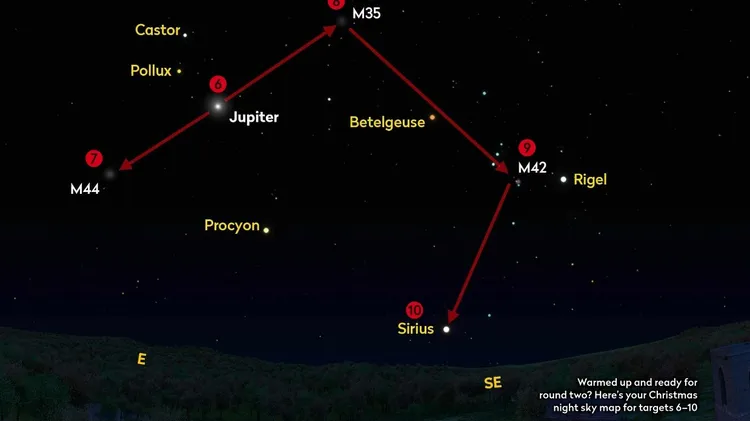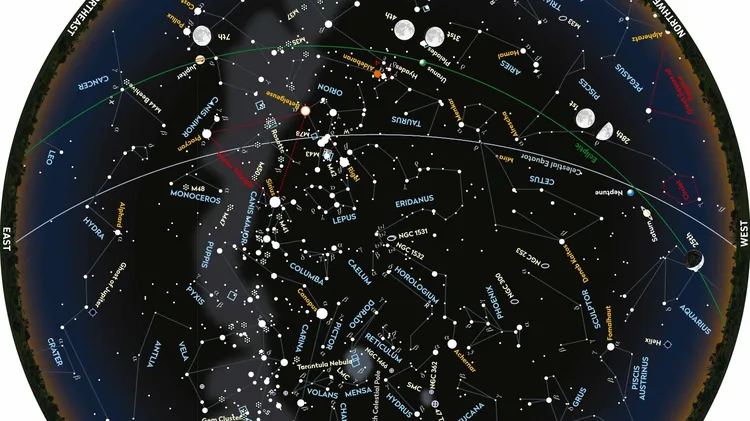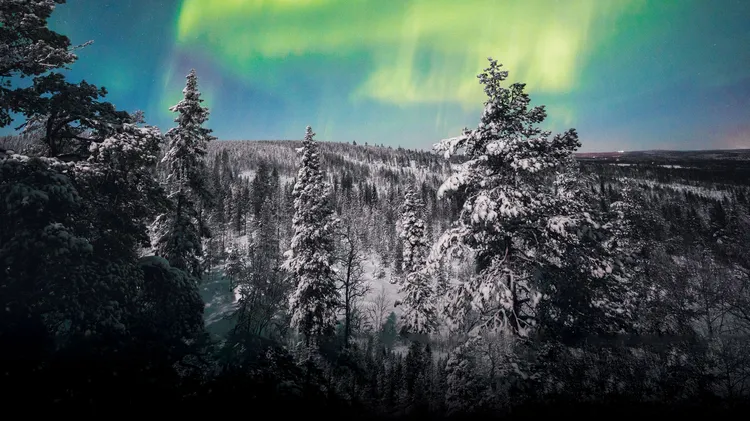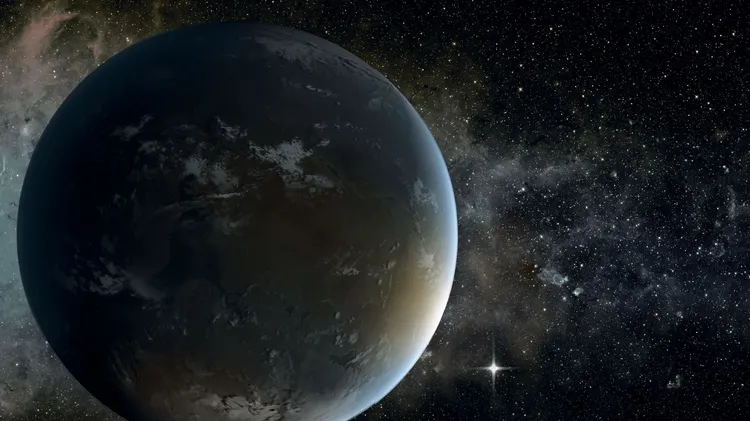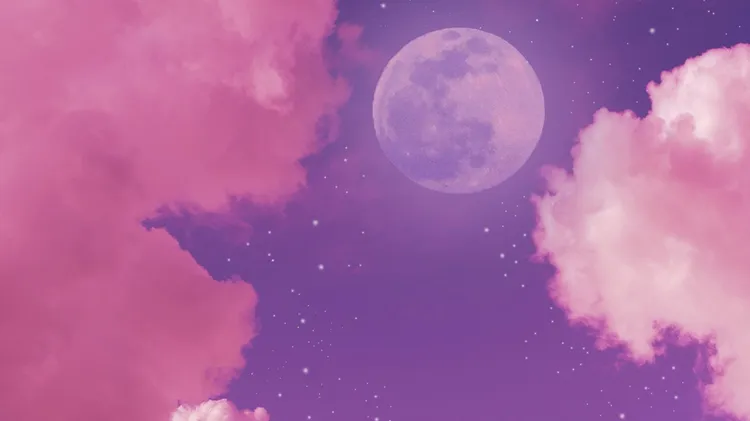To get you in the festive spirit, Stuart Atkinson is your gui
The glittering lights of midwinter
9 min read
This article is from...
Read this article and 8000+ more magazines and newspapers on Readly

